“Can I throw harder than Joe Wood? Listen, mister, no man alive can throw any harder than Smoky Joe Wood.” Those words were spoken by Walter Johnson of the Washington Senators, who had a heck of a fastball himself. Wood (Boston Red Sox and Cleveland Indians) and Johnson played major league baseball a century ago, and there is no way of knowing what kind of velocity those two gentlemen had. The radar gun was far in the future during their era, so we must rely on anecdotal evidence. Much about the game has changed since then, but to be effective a man on the mound still needs a heater. If he has a nasty curve, off-speed stuff, pinpoint control and/or the ability to keep batters off balance, all well and good. But there are times when only a fastball will do—and the faster the better.
I can think of a few other guys who could throw bullets, starting with Satchel Paige. He had an absolutely scorching fastball throughout his long Negro Leagues career. In his first few seasons, before heading off to help win World War II, Bob “Rapid Robert” Feller (Indians from 1936 to 1956) made American League hitters cry uncle. Ryne Duren, who played for eight different teams from 1954 to 1965, was another. And how about Steve Carlton (six teams from 1965 to 1988) or Nolan Ryan (Mets, Angels, Astros and Rangers from 1966 to 1993) or J.R. Richard (Astros from 1971 to 1980) or Goose Gossage (10 teams from 1972 to 1994) or Roger Clemens (Red Sox, Blue Jays, Yankees and Astros from 1984 to 2007) or Randy Johnson (six teams from 1988 to 2009) or Mark Wohlers (Braves, Reds, Yankees and Indians from 1991 to 2002) or Kerry Wood (Cubs, Indians and Yankees from 1998 to 2012) or Justin Verlander (Tigers, Astros and Mets from 2005 to the present) or Joel Zumaya (Tigers from 2006 to 2010) or Neftali Feliz (seven teams from 2009 to 2021) or Stephen Strasburg (Nationals from 2010 to the present) or Aroldis Chapman (Reds, Yankees and Cubs from 2010 to 2022) or Jordan Hicks (Cardinals from 2018 to the present)?
The radar gun—assuming it is fairly applied—shows us that Ryan could throw a baseball 100.9 miles per hour, Johnson and Strasburg 102 mph, Gossage 103 mph, Feliz 103.4 mph, Zumaya 104.8 mph, and Chapman and Hicks 105.1 mph. Do not assume, however, that Chapman and Hicks are the fastest of all time. There are two pitchers who had even more speed, and neither of them ever appeared in an MLB game. I refer to Masaichi Kaneda (1933ᅳ2019) of the Kokutetsu Swallows and Yomiuri Giants, and Steve Dalkowski (1939ᅳ2020) who pitched for 11 different minor league teams in classes D, C, B, A, AA and AAA. Both were lefties.
The Nagoya-born Kaneda was actually of Korean descent (he was born Kim Kyung-hong). Japanese baseball historians regard him as their greatest and most famous pitcher. “The Emperor,” so called because he was tall and walked with a swagger, compiled a 400-298 record, and had 4,490 strikeouts and an ERA of 2.34. He threw two no-hitters and one perfect game. In a 1955 exhibition game against the New York Yankees, he struck out Mickey Mantle thrice. Kaneda had a rip-roaring fastball, alleged to have sometimes reached 110 miles per hour. A hundred and ten! That may have been hyperbole—or maybe not.
Kaneda, who was courted by MLB two times, declined and stayed in Japan. He was a fiery guy, getting ejected from no fewer than eight games. A stat-conscious player, he gleefully passed Warren Spahn as the winningest southpaw but was disappointed to fall short of Cy Young’s 511 victories. After retiring, Kaneda served two stints as manager of the Lotte Orions.
While Kaneda was quite successful at the highest levels of the sport (at least in his country), the same cannot be said for Dalkowski. A native of New Britain, Connecticut, he stood 5′ 9″, weighed 180 pounds and had the most fearsome fastball ever—if we can believe the stories, of which there are many. Manager Earl Weaver, umpire Doug Harvey and players such as Ted Williams, Lou Brock, Sam McDowell and Brooks Robinson said they had never seen a pitcher with such blinding speed. He could really crack the whip. “White Lightning” was purportedly able to throw 110 miles per hour or even faster. Cal Ripken, Sr., an Orioles coach and manager, opined that he may have gone as high as 115 mph. Baseball lifer Birdie Tebbetts called Dalkowski’s fastball his “radio pitch” because it was heard rather than seen.
Dalkowski never got to the big leagues, his blazing fastball notwithstanding. A thrower rather than a pitcher, he just could not get the ball over the plate with consistency. During those 11 seasons in the minors, he compiled a record of 46-80 and an ERA of 5.57 with 1,396 K’s and 1,354 walks. The tale must be apocryphal, but it is said that he once hit a fan waiting in line to buy a hot dog. Compounding matters, he was an alcoholic; he would go into rehab, resume drinking and repeat the process.
When baseball ended—released by the San Jose Bees in 1965—he did manual labor of various kinds, got into fights and drank. Dalkowski, who spent his last 26 years in an elder-care facility in New Britain, suffered from alcohol-related dementia, although the cause of his death was officially Covid-19. With better guidance, support and coaching, he might have learned how to actually pitch. Something of a cult figure since the release of Bull Durham in 1988, he could have had a long career in the majors and a plaque in Cooperstown.
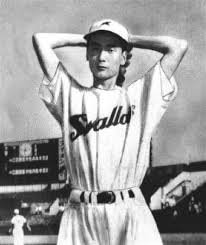
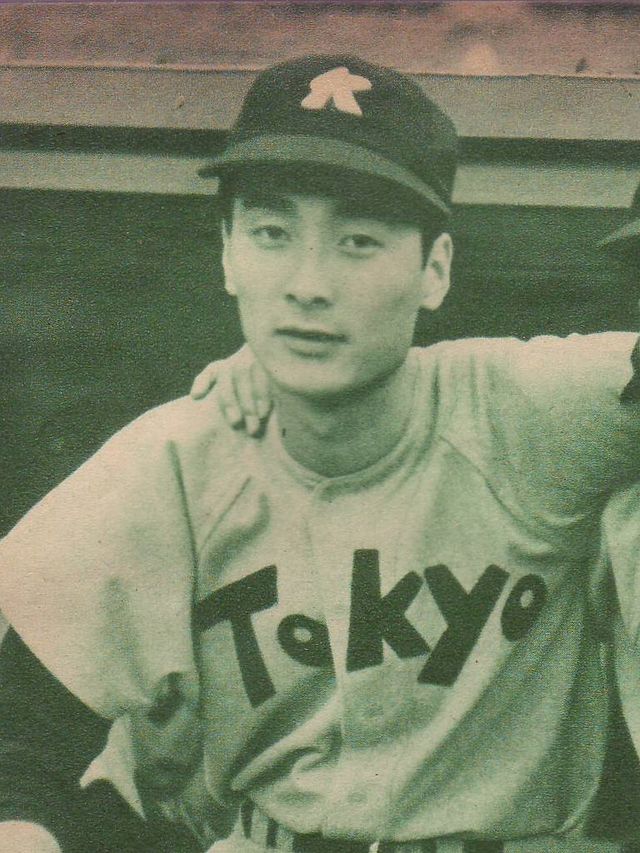
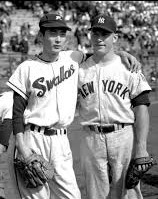
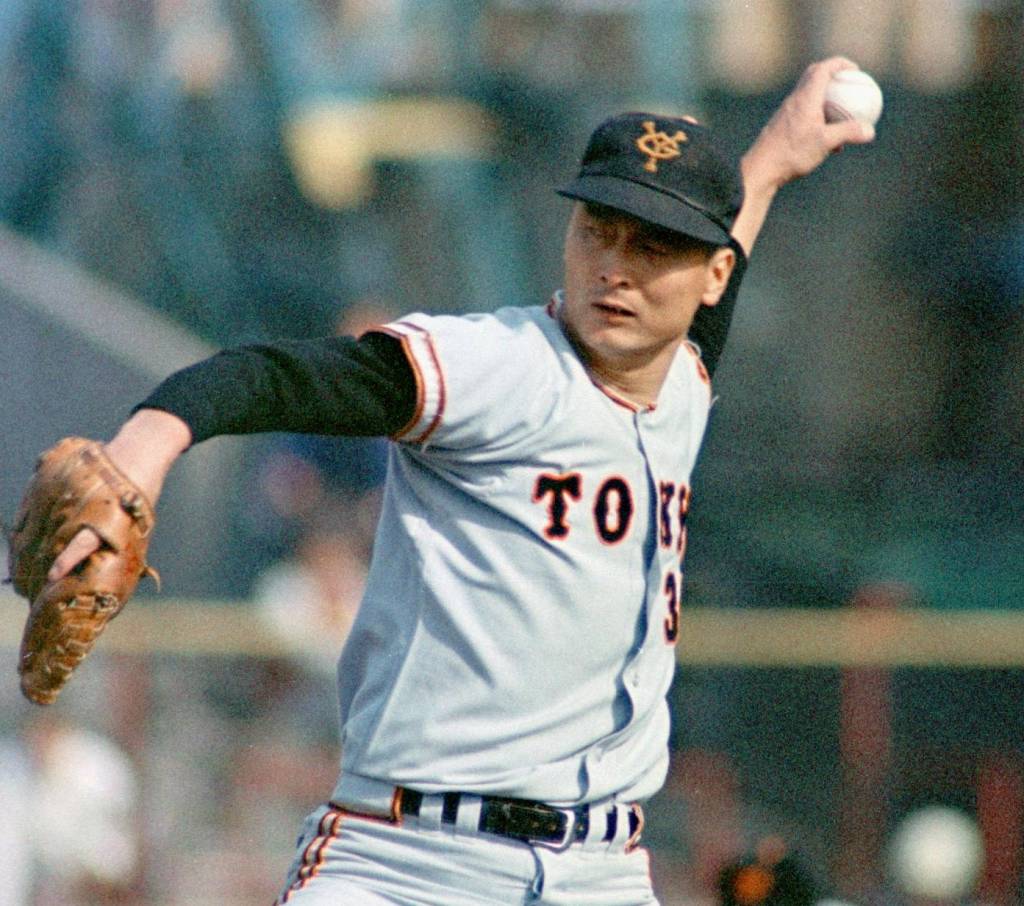
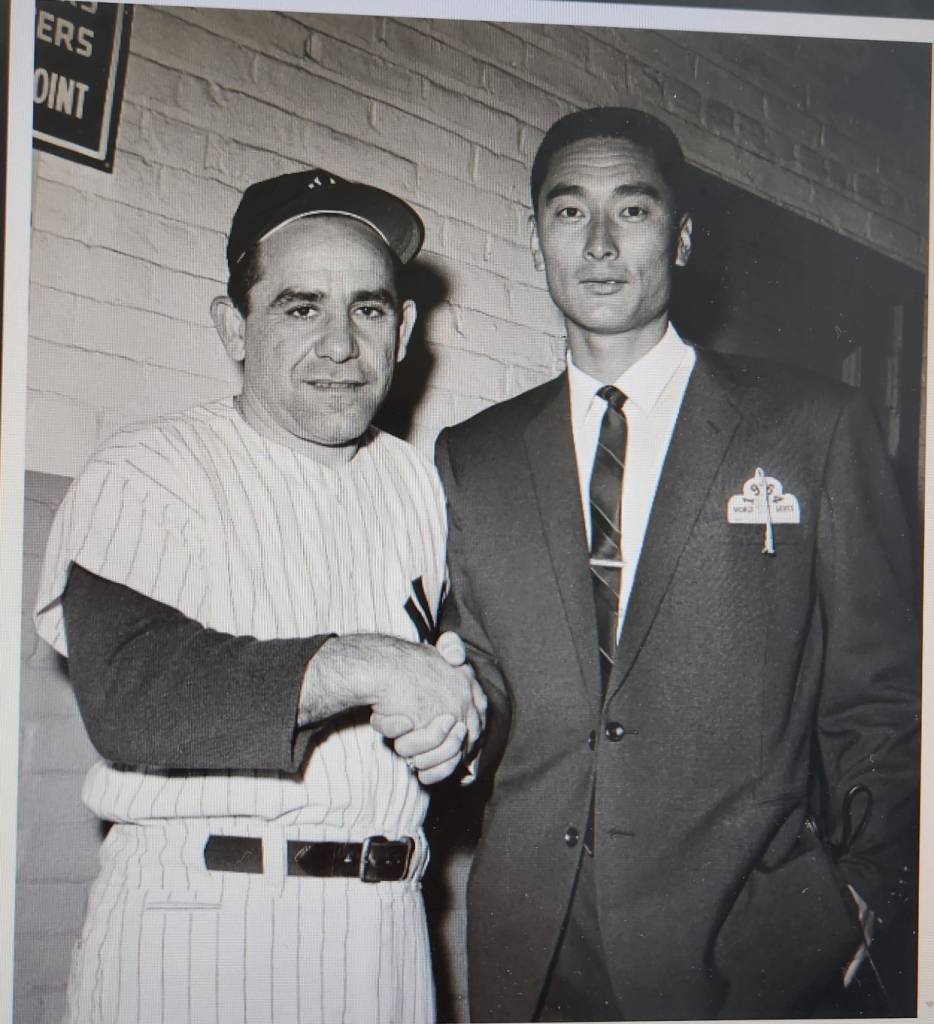

Dalkowski, QB of 1955 Connecticut state champs…
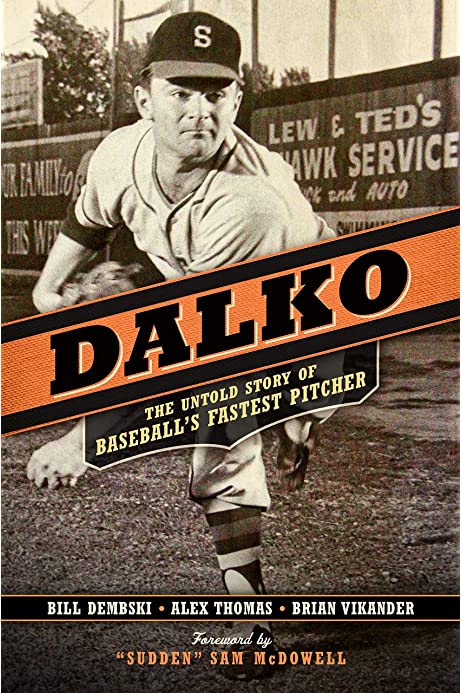
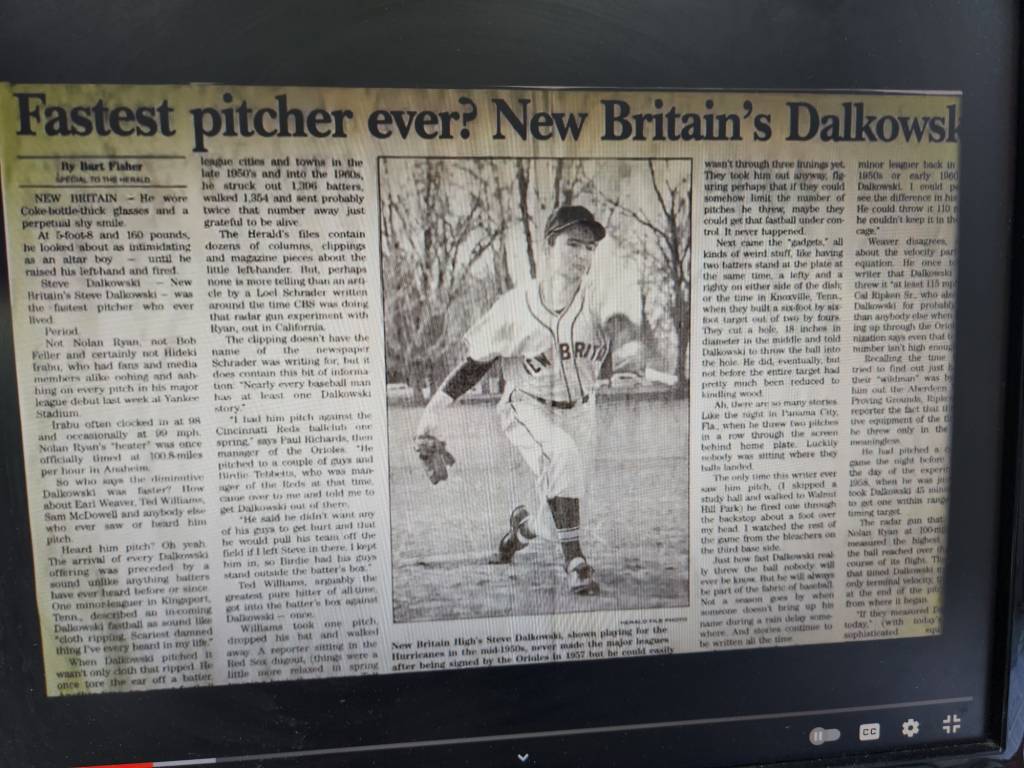
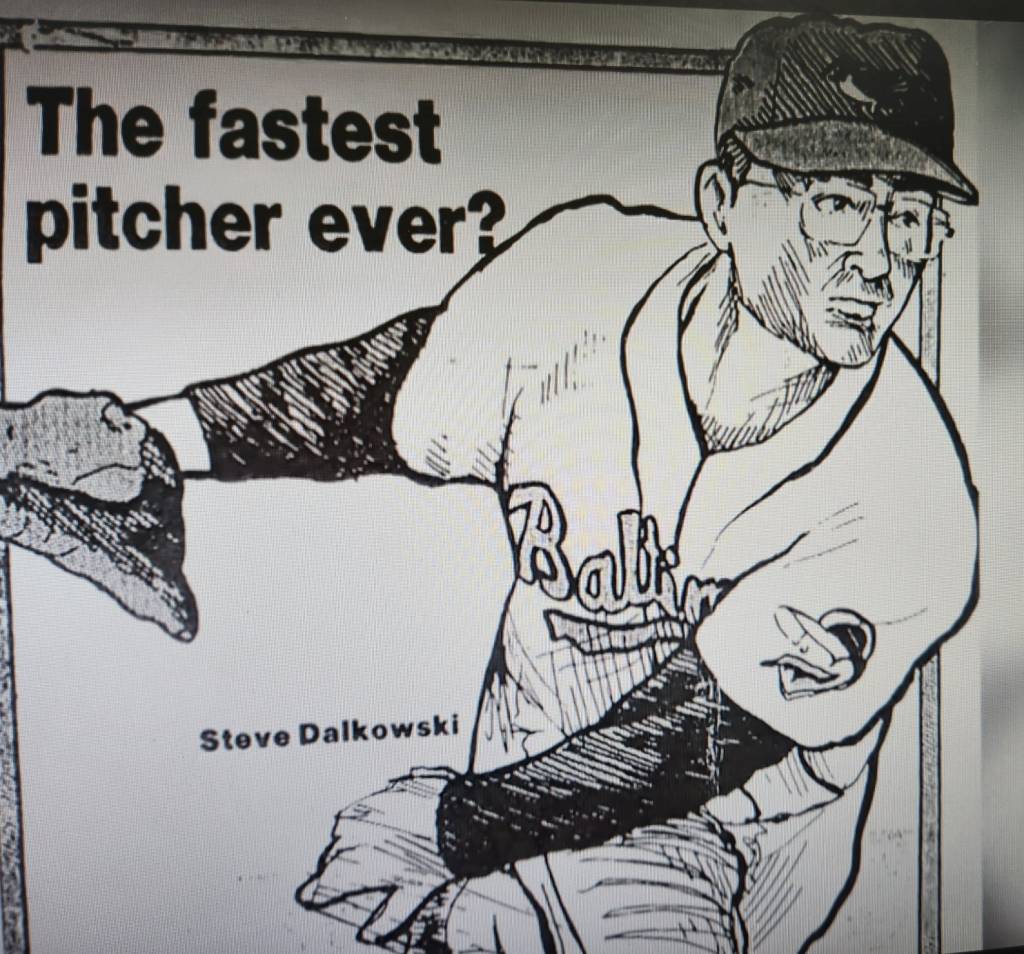
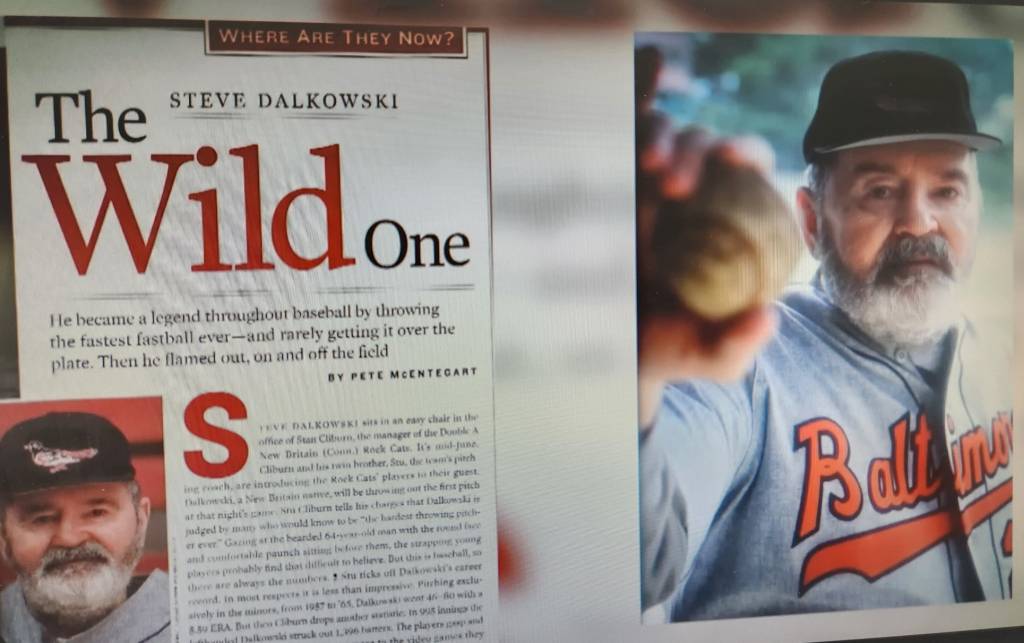
Sports Illustrated article….
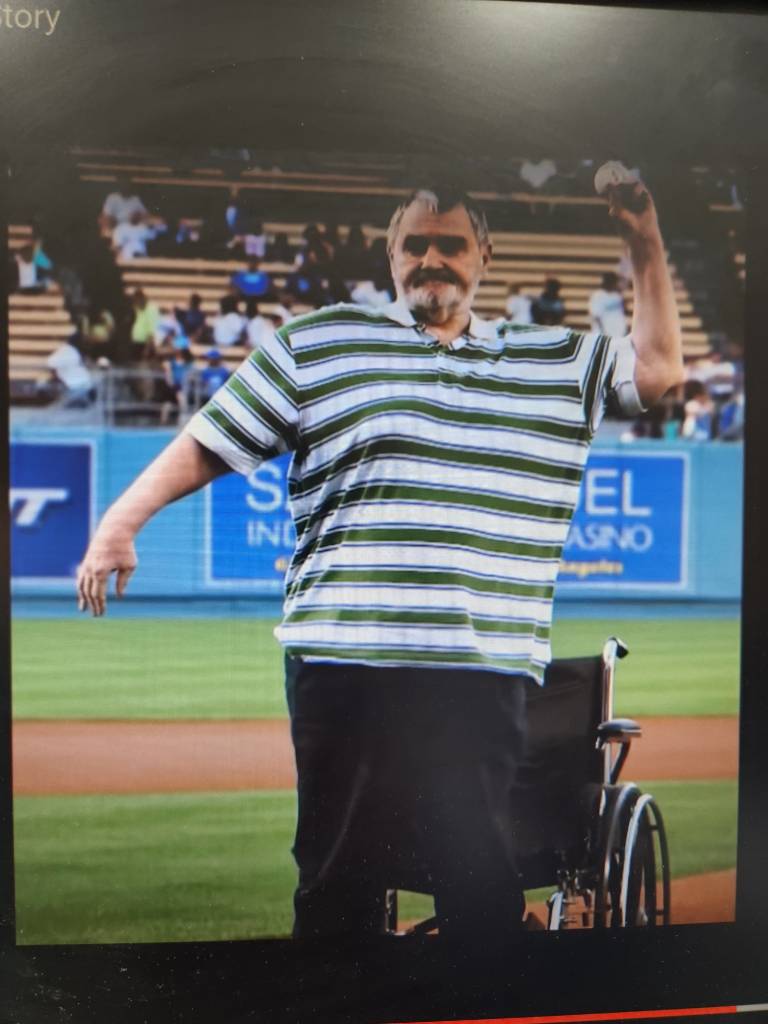

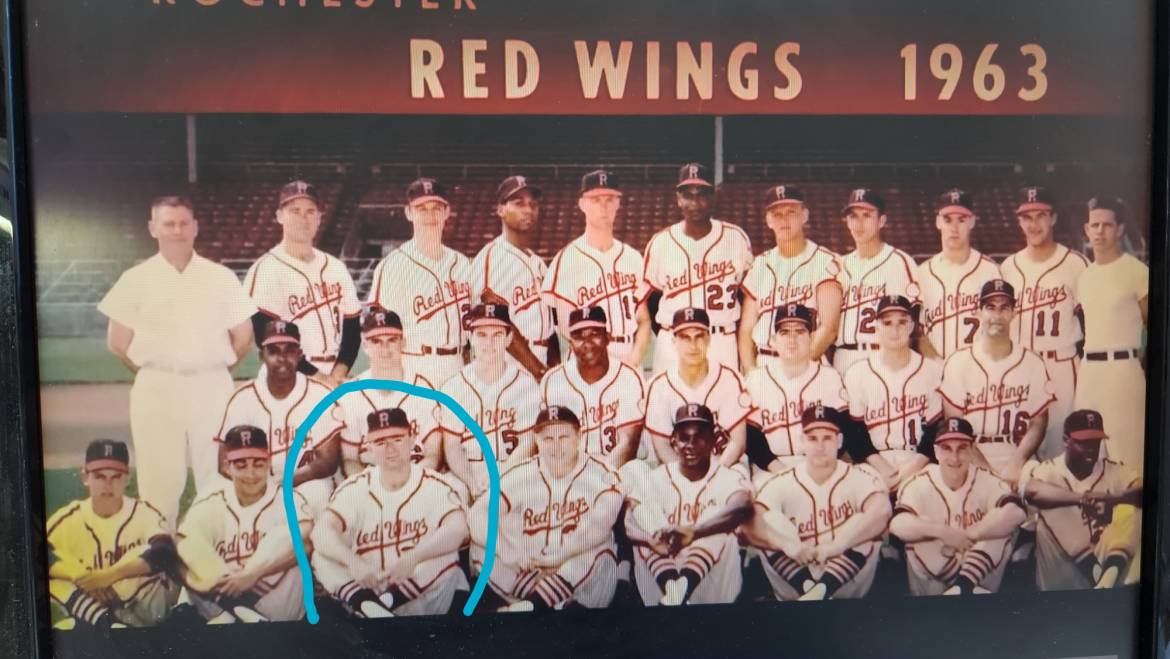
3 Comments
Fabulous essay to begin the new year! The eternal question of who threw fastest is never dull, Richard, and you’ve put new light on it.
“The radar gun—assuming it is fairly applied….” is one of the main variables in this discussion. When I scouted for the Brewers in the 80s, the guns registered the speed of the ball as it crossed home plate. Our standard for a kid having an average major league heater was 86 MPH.
Over one-third of a century later, everyone and their grandmas seemingly light the lamp at 95. Today’s hurlers (and quilters) have a 55′ advantage as the velocity is registered when the ball leaves a pitcher’s hand.
As the sad fate of Dalko, Coke Bottles Ryne, and other long-term failed pitchers has illustrated, it all comes down to the LOCATION of the fastball and the INTELLIGENCE/COMPOSURE of the man who’s twirling it. Thanks, RAP!
I thank YOU, Darrell. You knew about Dalko, but what about the Emperor?
I had collected papers for this story 2 or maybe 3 months ago, but I sat on it. Distracted by other issues? Yes, but there is always the L word–“laziness.” Doing these things takes mental effort… I would write more if I had more readers like you…smart people who are in the reading habit and who can make pertinent comments.
Dalko sounds like a standard Bulgarian/Macedonian nickname. Was he of Bulgarian descent?
Add Comment